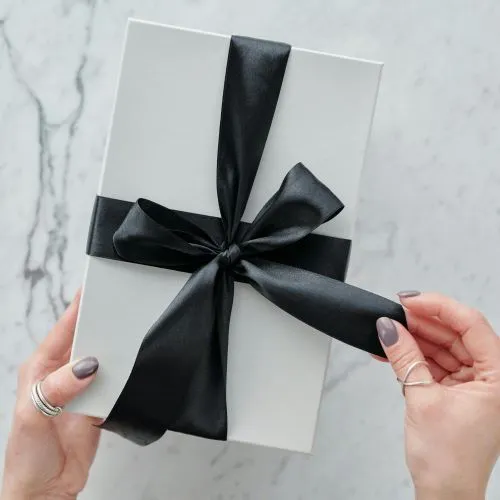

Jewelry and silverware are traditionally made from sterling silver (standard silver), an alloy of 92.5% silver with 7.5% copper..
In the US, only an alloy consisting of at least 90.0% fine silver can be marketed as "silver" (thus frequently stamped 900). Sterling silver (stamped 925) is harder than pure silver, and has a lower melting point (893 °C) than either pure silver or pure copper. Britannia silver is an alternative, hallmark-quality standard containing 95.8% silver, often used to make silver tableware and wrought plate. With the addition of germanium, the patented modified alloy Argentium Sterling silver is formed, with improved properties, including resistance to fire scale. Sterling silver jewelry is often plated with a thin coat of .999 fine silver to give the item a shiny finish. This process is called "flashing". Silver jewelry can also be plated with rhodium (for a bright, shiny look) or gold. Silver is a constituent of almost all colored carat gold alloys and carat gold solders, giving the alloys paler color and greater hardness. White 9 carat gold contains 62.5% silver and 37.5% gold, while 22 carat gold contains up to 91.7 gold and 8.4% silver or copper or a mixture of both. The more copper added, the more "orange" the gold becomes. Rose Gold (stamped 375 or 9K, can be stamped 9c) was very popular in the UK in the late 19th century.
Historically, the training and guild organization of goldsmiths included silversmiths as well, and the two crafts remain largely overlapping. Unlike blacksmiths, silversmiths do not shape the metal while it is red-hot, but instead, work it at room temperature with gentle and carefully-placed hammer blows. The essence of silversmithing is to take a flat piece of metal and to transform it into a useful object using different hammers, stakes and other simple tools, While silversmiths specialize in, and principally work, silver, they also work with other metals, such as gold, copper, steel, and brass. They make jewelry, silverware, armor, vases, and other artistic items. Because silver is such a malleable metal, silversmiths have a large range of choices with how they prefer to work the metal. Historically, silversmiths are mostly referred to as goldsmiths, which was usually the same guild. In the western Canadian silversmith tradition, guilds do not exist; however, mentoring through colleagues becomes a method of professional learning within a community of craftspeople.
Silver is much cheaper than gold, though still valuable, and so is very popular with jewelers who are just starting out and cannot afford to make pieces in gold, or as a practicing material for goldsmith apprentices. Silver has also become very fashionable, and is used frequently in more artistic jewelry pieces.
Use this space to save the products you like. To add a product here, simply click the icon.